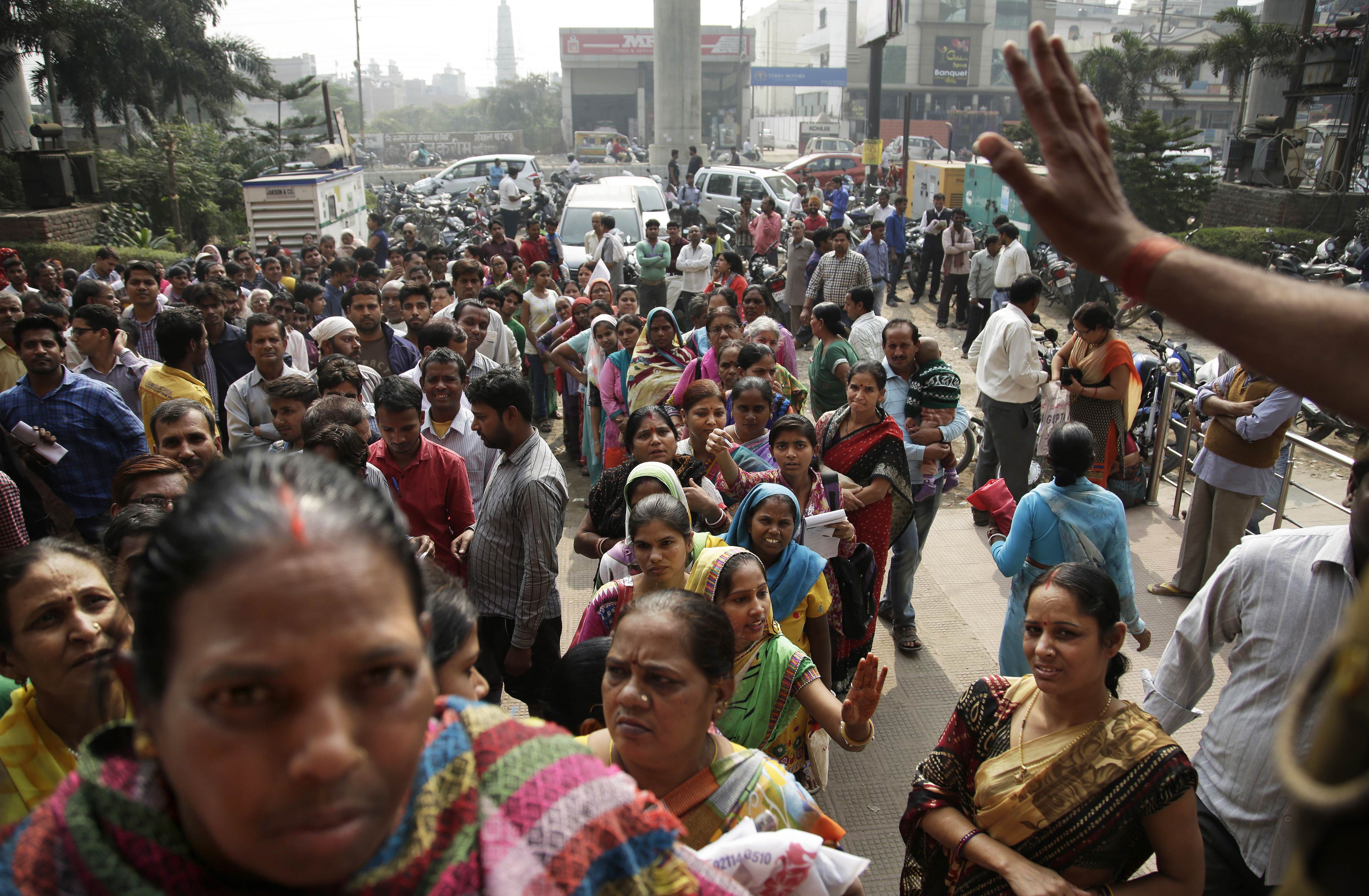UN: World population expected to rise to 9.7 billion in 2050
UNITED NATIONS — The world’s population is getting older and growing at a slower pace but is still expected to increase from 7.7 billion currently to 9.7 billion in 2050, the United Nations said Monday.
The U.N. Department of Economic and Social Affairs’ Population Division said in a new report that world population could reach its peak of nearly 11 billion around the end of the century.
But Population Division Director John Wilmoth cautioned that because 2100 is many decades away this outcome “is not certain, and in the end the peak could come earlier or later, at a lower or higher level of total population.”
The new population projections indicate that nine countries will be responsible for more than half the projected population growth between now and 2050. In descending order of the expected increase, they are: India, Nigeria, Pakistan, Congo, Ethiopia, Tanzania, Indonesia, Egypt and the United States.
In sub-Saharan Africa, population is projected to nearly double by 2050, the report said.
Article continues after this advertisementUndersecretary-General for Economic and Social Affairs Lu Zhenmin said in a statement: “Many of the fastest growing populations are in the poorest countries, where population growth brings additional challenges in the effort to eradicate poverty,” promote gender equality and improve health care and education.
Article continues after this advertisementThe report confirmed that the world’s population is growing older due to increasing life expectancy and falling fertility levels.
The global fertility rate fell from 3.2 births per woman in 1990 to 2.5 births in 2019 and is projected to decline further to 2.2 births by 2050.
A fertility rate of 2.1 births per woman is needed to ensure population replacement and avoid declines, according to the report.
In 2019, the fertility rate in sub-Saharan Africa was the highest at 4.6 births per woman, with Pacific islands, northern Africa, and western, central and southern Asia above the replacement level, said the report.
But since 2010, it said 27 countries or areas have lost one percent or more of their population.
“Between 2019 and 2050 populations are projected to decrease by one percent or more in 55 countries or areas, of which 26 may see a reduction of at least 10 percent,” the U.N. said. “In China, for example, the population is projected to decrease by 31.4 million, or around 2.2 percent, between 2019 and 2050.”
Wilmoth, the head of the Population Division, told a news conference launching the report that the population growth rate is slowing down as the fertility level gradually decreases. That decrease usually follows a reduction in the mortality level that initially instigated growth, he said.
Wilmoth stressed that multiple factors lead to lower fertility including increasing education and employment, especially for women, and more jobs in urban than rural areas, which motivate people away from costly large families to smaller families.
But to achieve this, he said, people also need access to modern methods of contraception.
According to the “World Population Prospects 2019: Highlights” report, migration is also a major component of population growth or loss in some countries.
Between 2010 and 2020, it said 14 countries or areas will see a net inflow of more than one million migrants while 10 countries will experience a similar loss.
For example, some of the largest outflows of people — including from Bangladesh, Mepal and the Philippines — are driven by the demand for migrant workers, the report said. But some migrants are driven from their home countries by violence, insecurity and conflict, including from Myanmar, Syria and Venezuela.
The U.N. said countries experiencing a net inflow of migrants over the decade include Belarus, Estonia, Germany, Hungary, Italy, Japan, Russia, Serbia and Ukraine.
